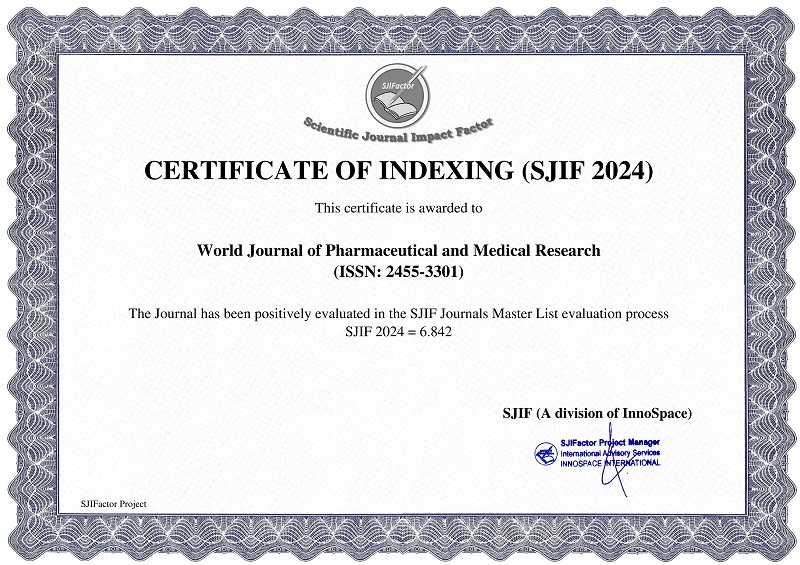CLINICAL PHARMACOLOGY OF AMLODIPINE
Gian Maria Pacifici*
ABSTRACT
Amlodipine, a dihydropyridine, is a multiple Ca2+ channel blocker approved for clinical use. An increased concentration of cytosolic Ca2+ causes increased concentration in both cardiac and vascular smooth muscle cells. In cardiac myocytes, the entry of extracellular Ca2+ causes a larger release from intracellular stores (Ca2+-induced Ca2+ release) and thereby initiates the concentration twitch. In smooth muscle cells, the entry of Ca2+ plays a dominant role, but the release of Ca2+ from the intracellular storage sites also contributes to contraction of vascular smooth muscle, particularly in some vascular beds. The efficacy and safely of amlodipine, the prophylaxis with amlodipine, the treatment of hypertensive patients with amlodipine, and the trials conducted with amlodipine have been reviewed. Amlodipine is metabolized by CYP3A4 and CYP3A5. The pharmacokinetics of amlodipine have been studied in healthy volunteers following single and repeated administrations and following repeated administration the elimination half-life of amlodipine is about 45 hours. The elimination half-life of amlodipine is longer than the interval between amlodipine administrations thus the plasma concentration of amlodipine increases with repeated administrations. The interaction of amlodipine with drugs and the toxicity induced by amlodipine have been reviewed. The aim of this study is to review the efficacy and safely of amlodipine, the prophylaxis with amlodipine, the treatment of hypertensive patients with amlodipine, and the trials conducted with amlodipine. In addition, the metabolism of amlodipine, the pharmacokinetics of amlodipine, the interaction of amlodipine with drugs, and the toxicity induced by amlodipine have been reviewed.
[Full Text Article] [Download Certificate]



